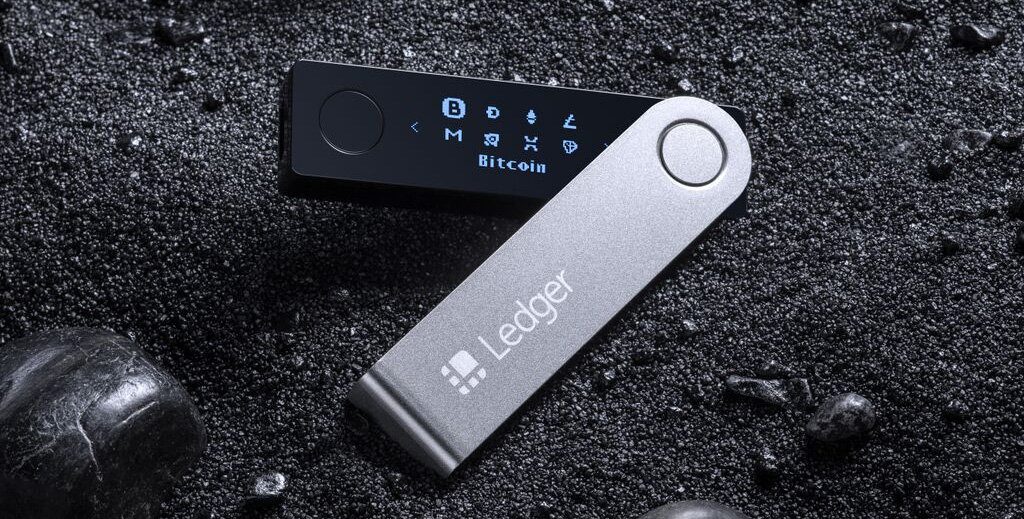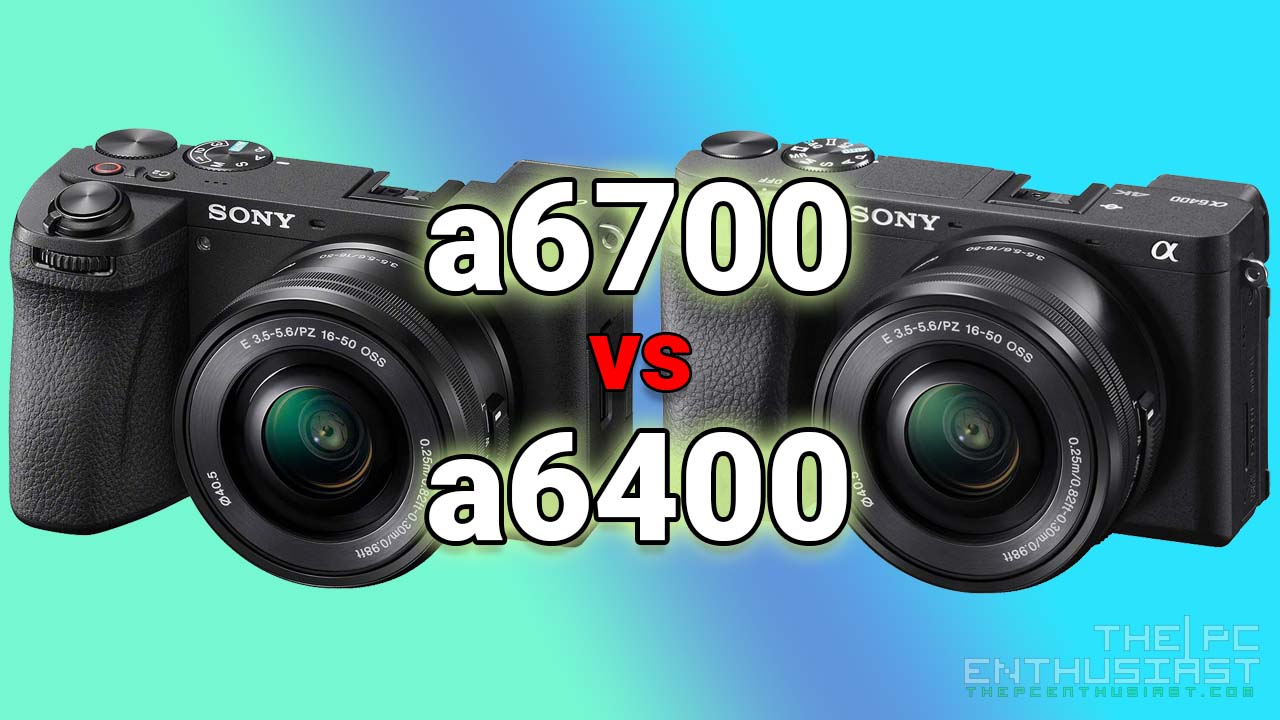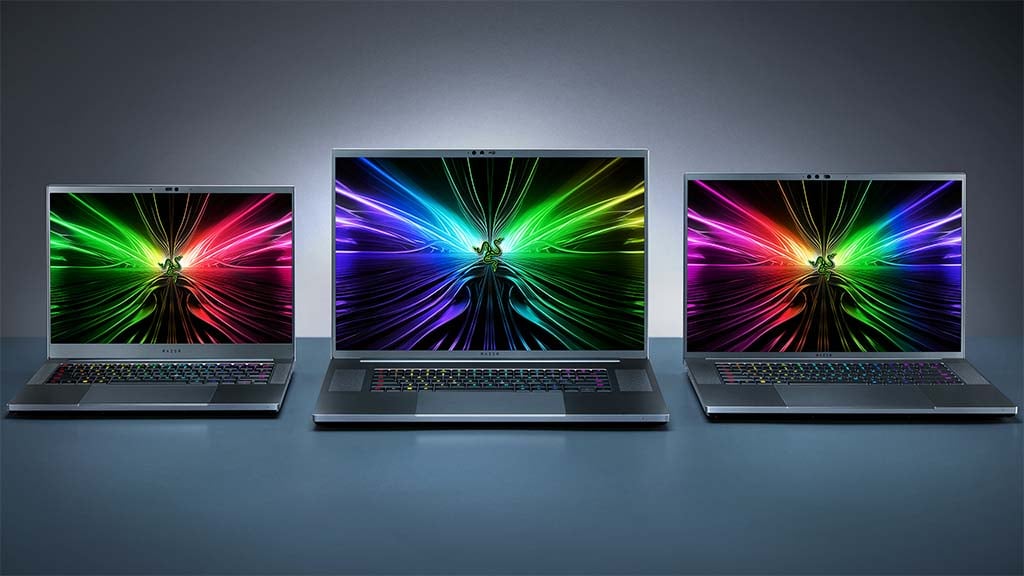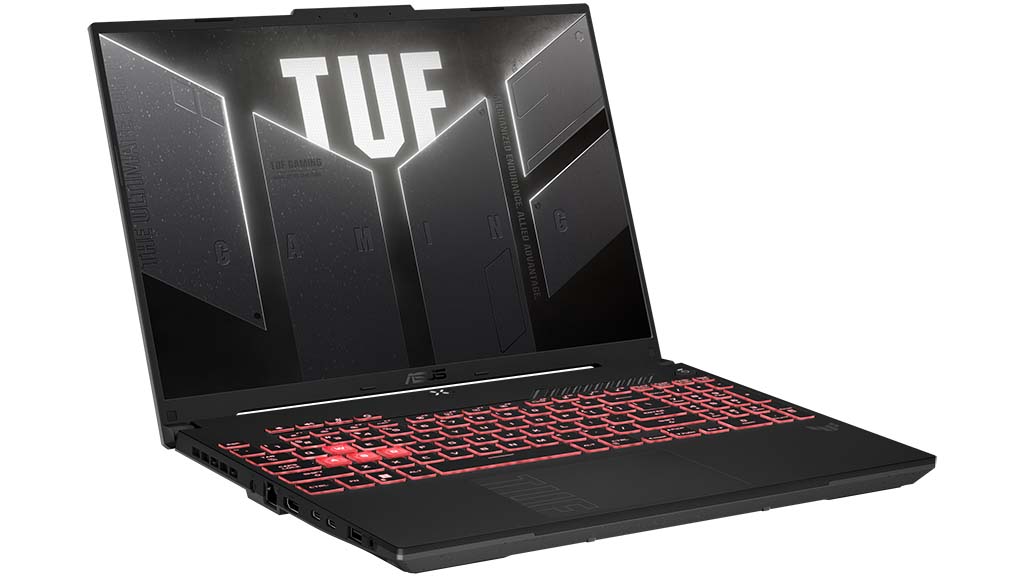Today we are going to look at and review Ledger’s latest cryptocurrency hardware wallet – the Ledger Nano X. If you stumbled upon this review, I’m more positive that you already knew what a crypto or Bitcoin hardware wallet is. Or perhaps you might be looking for the “best” wallet for your crypto coins. Perhaps, you already decided that hardware wallet is the best for your needs, instead of a web wallet or software / app wallet. Or you just want to know more about the Ledger Nano X before getting one. In this review let’s take a closer look at the Ledger Nano X and how it operates. We’ll also briefly compare the new Nano X with the Nano S, but I’ll post a separate article/review comparing both hardware wallets. Is the Ledger Nano X the best (hardware) Bitcoin wallet around? Let’s find out in our Ledger Nano X review below.
Ledger Nano X Review – “Keeping Your Crypto Secure, Everywhere”
Early this year, Ledger released the successor to their Nano S hardware wallet – the Nano X. The Ledger Nano X is a Bluetooth-enabled hardware wallet and unlike the Nano S, you can connect and pair the Nano X with your smartphone via the Ledger Live mobile app.
The company didn’t phase out the Nano S, meaning the Nano X isn’t going to replace its predecessor. But the Nano X is going to be an addition to the Nano family. The Nano S could also serve as the Nano X’s backup. Ledger is currently selling a “backup pack”, where you can get both the Nano X and Nano S for a lower price.
According to the company, the Ledger Nano X supports up 1100+ crypto assets and can store up to 100 crypto assets; significantly more crypto assets than the Nano S can hold. However, don’t rejoice yet because not all of those 100+ assets are supported by the Ledger Live app natively. You’ll need third party compatible software wallet in conjunction with the Nano X. More on this later.
One of the main features of the Nano X is its Bluetooth capability. It enabled the Nano X to connect easily and securely to a user’s smartphone using the Live Mobile app. The company has also placed some security features ensuring that the Bluetooth connection would be secure and safe.
You might be wondering, isn’t it prone to hacking since data is transmitted wirelessly?
According to Ledger, “only the public data is transported by Bluetooth; critical data (such as private keys and seed) never leave the device. Even if the Bluetooth connection would be hacked, the security of the Ledger Nano X relies on the Secure Element (SE) which will request your consent for any action. The Ledger Nano X Bluetooth implementation uses a state-of-the-art Bluetooth protocol. This Bluetooth protocol ensures authentication by using pairing. This is numeric comparison based and confidentiality is ensured using AES-based encryption. If ever, you’re not comfortable using your Nano X with a wireless connection, you can disable the Bluetooth and use the USB type-C cable.”
The Nano X is running on BOLOS – a proprietary operating system, with a CC EAL5+ certification. It also features a new Secure Element ST33J2M0 chip, paired with a dual-core MCUs with wireless support STM32WB55. You can read more about the security features and its architecture from Ledger’s page here.
Ledger Nano X vs Nano S:
So what’s the difference between the Nano X and Nano S?
Basically speaking, the Nano X features wireless connectivity via Bluetooth. It also has a new architecture which is a bit different from the Nano S. There is a difference in size and weight as well; where the Nano X is a little bit larger and heavier since it has a built-in battery. And like I mentioned earlier, the Nano X can store up to 100 apps (depending on the app size). While the Nano S can only store between 3 to 18 apps, again depending on the app size. But, the main advantage of the Nano S is it is cheaper and more reasonably priced compared to the Nano X.
Supported Crypto Coins and Assets:
I was so excited to hear that the Ledger Nano X can “support” up to 1100+ of crypto assets. However, when I got the device and started testing it, I was surprised to find out that only 77 coin app are listed on the catalog (at the time I tested the Nano X). On top of that, only 22 coins can be managed and is supported on the Ledger Live. You definitely need to check first if the particular asset you are trading or plan to acquire is supported or not. Also, some of the popular assets, like Binance Coin, Monero, EOS, Stellar, Tether, Cardano and many more are not natively supported on the Ledger Live app. You’ll have to use compatible third-party software like MyEtherWallet, MyCrpto and etc (depending on the coin) together with the Nano X. A complete list of supported coins or crypto assets can be found on Ledger’s page here.
Now let’s take a closer look on the Nano X itself…
Ledger Nano X Packaging and Closer Look
The Ledger Nano X comes in a white clean-looking box. Nothing special or fancy, you see a picture of the Nano X on the front portion and key features of the Nano X are printed at the back of the box. What you see above is actually a sleeve covering for the (inner) box.
Sliding the front cover off and removing the (top) cover of the inner box, immediately reveals the Nano X. The accessories are placed under the Nano X. Included in the box are the following: the Nano X, a keychain strap, a short USB Type-A to Type-C cable, reading materials and several pieces of paper where you can write the recovery phrase or words.
Above you can see the Ledger Nano X with its metal flip cover and plastic body. On the second photo, you can see the USB Type-C port on the rear-end of the Nano X. There are two buttons on the Nano X, the first one you can see immediately – the circle on the mid-section of the Nano X. The other button is right beside the display of the Nano X. I’m just going to nitpick here; the buttons are okay buy they are a bit loud when you press them.
The Nano X measures 72mm x 18.6mm x 11.75mm and weighs around 34g. This is bigger and heavier compared to the Nano S. There is also a small screen, probably around 1.5″-inch in size (diagonally) and has a screen resolution of 128×64 pixels. I’m a little bit disappointed with the surface on the display area. It’s plastic and it can easily get scratched. If Zack Nelson a.k.a. JerryRigEverything did a scratch test on this one, it would scratch immediately on level 2 with deeper grooves on level 3.
A few days later after removing the protective layer on the Nano X, my unit already had several noticeable scratches on the display area. And I think the metal flip cover was the culprit. Every time I would flip open the Nano X, sometimes the screen would lightly touch the metal edge or surface of the flip cover. This is an area of improvement and I wish Ledger used a better surface material, like a scratch-resistant (Gorilla) glass or covered it with a layer of an anti-scratch coating.
I did not open and dissected my unit, but above you can see photos of the internal parts of the Nano X. Now let’s check out how to set it up and the Ledger Live app.
Ledger Live App – Configuring the Nano X For The First Time
When you turn on the Ledger Nano X (by pressing the two buttons), you will be prompted to download the Ledger Live at Ledger’s site. Make sure that your Nano X/S is still fresh, hasn’t been used or initialized prior to your use. Do not use a Ledger wallet were the password and key phrases are provided to you. It should start from the very beginning, otherwise the hardware wallet might be compromised.
For the purpose of this review, I connected (via USB) and configured the Nano X with my desktop PC. Once you have downloaded the software or app from Ledger’s website install and run it. Make sure the Ledger Live software is downloaded from Ledger’s site and not from any other sites.
Once you start the Ledger Live for the first time, you will be prompted to initialize and setup your device. I setup my Nano X via the USB cable since it was the only option available from the menu.
The first step is to choose your PIN code. The PIN code can be a 4-digit, 6-digit or 8-digit code. You’ll have to press the buttons on the Ledger Nano X to navigate and setup the password. Setting up the password is easy but keying in the numbers needs to be done one by one. You’ll have to press either of the buttons to cycle through the numbers, or delete a number.
Once you have setup the PIN code, it is time to write down the recovery phrase. The recovery phrase is very important and you will need it in case you lost the Nano X, gets damaged or you need to recover it using another Nano device. The recovery phrase should also be kept secret and in a safe place. This part is a little bit cumbersome, since you’ll have to write down all the 24 words in the exact order presented to you. After that, you’ll have to confirm the recovery phrase in the same order again. You’ll have to browse through several words each line to find the right word that matches that certain sequence. I think this is the part of the initialization process where you need to spend more time compared to the other parts of setting up the Nano X. After this, you’ll just need to setup and configure a few more options and you are done.
By default, there are no apps installed on the Nano X. It’s blank and you will have to install the apps on the device depending on what crypto asset or coin you trade with. For example, if you trade Bitcoin, Ethereum and XRP; simply install the corresponding apps from the app catalog. However, there are assets that are not supported by the Ledger Live (yet). You’ll have to use third party software together with the Nano X. This means, aside from installing the Ledger Live, you’ll have to install another software just for that crypto asset.
Example: Binance Chain is in the app catalog; however, it is not natively supported by the Ledger Live. The good thing is, with Binance coin, you don’t need to install another software or app. Just connect the Ledger Nano X directly to Binance’s unlock page and from their you can start trading using Binance’s DEX. However, not all coins have similar treatment. Some coins or assets need third party software or app. Good if the third-party software is updated regularly, but some are not. So be sure to check out the list of supported coins first from Ledger’s site and see if the coin you are trading or will be trading is (natively) supported or not.
Once you have setup the Nano X and the Ledger Live, it’s pretty easy to use the software / app. The interface on the mobile version is similar with the desktop variant. From there, sending and receiving coins is quite easy and a breeze. I haven’t tested third party software wallet that are compatible with the Nano X; like the MyEtherWallet and MyCrypto. So, I am not sure how easy (or not) the operation would be. I tried connecting the Ledger Nano X with Binance DEX and it was easy and fast. Although I can’t say if it would be the same case for the other coins that relies on third party app or web access / DEX.
Price and Availability
The Ledger Nano X is now available and comes with a manufacturer’s suggested retail price of $119 USD. Meanwhile, its predecessor the Nano S currently retails for $59 USD only. You can check out the latest pricing and availability via the links below.
- Ledger Nano X available on Amazon.com here
- Ledger Nano S available on Amazon.com here
- More Ledger Products available on Amazon here
Ledger Nano X Review: Conclusion
Time to wrap up this review, and I’d like to start with the positive side of the Nano X. The Nano X is an upgrade to the Nano S, it has Bluetooth capabilities and it does work flawlessly (at least on my experience) with the coins that are natively supported by the Ledger Live app / software. Security measures seems to be adequate and it’s good that you can recover/restore your keys to another Nano X or Nano S; just DO NOT lose your security key phrase. The Ledger Live app / software is quite easy to use. The user interface is simple and quite easy to follow and navigate. There are some rooms for improvement though, like including or supporting more coins or crypto assets natively, or perhaps adding a dark mode. It’s also good that the Nano X uses USB Type-C and I prefer the size and weight of the Nano X compared to the Nano S.
Now on the flip side, there are some areas where the Nano X could be improved, or things that I encountered that I wasn’t happy about. Let’s start with the physical aspect of the Nano X; build quality is generally okay, but I do not like the display surface. It can get scratched overtime and the buttons are quite loud or noisy when you press them. The Nano X’s user interface is also a bit cumbersome and I feel it needs to be changed or improved. I consider myself as a tech savvy person and I don’t find it difficult to test or try out new user interface. However, some people may find it difficult, especially navigating with just two buttons. I also noticed that sometimes my phone and the Nano X doesn’t connect right away via Bluetooth. If you are having problems with Bluetooth connectivity, try restarting either or both device (phone or Nano X); or better yet connect using the USB cable. It’s a lot faster to transact and authenticate using wired connection.
Overall, I think the Nano X is a good and secure hardware wallet for Bitcoin and other crypto assets; perhaps one of the best. I haven’t tried its competition yet; so, for now, I can’t say if it is the best there is or not. Also, I strongly suggest that you check out the supported assets first. If the coin or crypto asset is natively supported in the Ledger Live app, then it’s fairly easy to send and receive your assets. The Nano X gets a plus point for the Bluetooth feature, but if you don’t need this feature and you find that it’s a little bit out of your budget, then the Nano S is the best alternative to it.











































